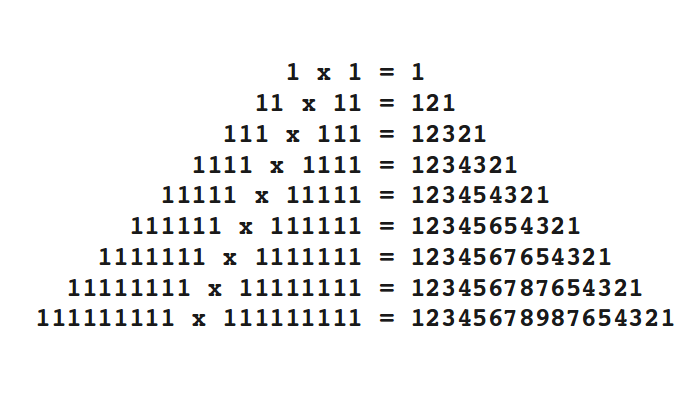Breakthrough of the Year: The top 10 scientific achievements of 2014
BREAKTHROUGH OF THE YEAR
The Rosetta mission lands on a comet
Europe’s most ambitious space mission captured the public's imagination with a series of hard-won pictures, beamed to Earth from a place beyond Mars. Rosetta’s continuous orbit around comet 67P/Churyumov-Gerasimenko is helping scientists figure out how life began on Earth—and heralds a new age of comet science.
RUNNERS-UP
The birth of birds
It took a lot to turn lumbering cousins of Tyrannosaurus rex into agile hummingbirds and graceful swans. This year, evolutionary biologists figured out the mode and tempo of this spectacular evolutionary transition.*
Using young blood to fight old age
In work with profound implications for aging, researchers showed that blood from a young mouse can rejuvenate an old mouse's muscles and brain. If the results hold up in people—an idea already in testing—factors in young blood could help fight the ravages of aging in people.
Robots that cooperate
Robots are getting better all the time at working with humans, but this year several teams demonstrated that these machines can also work together without our supervision, an important first step in their path to eventual world domination.
Chips that mimic the brain
Computer engineers rolled out the first large-scale “neuromorphic” chips, designed to process information similarly to living brains. Why? Unlike computers, human brains are good at tackling tasks that integrate massive amounts of data, like vision. These brainlike chips could transform the way computers handle complex jobs, revolutionizing machine vision and environmental monitoring.
The world’s oldest cave art
Scientists discovered prehistoric graffiti on Sulawesi Island in Indonesia that's at least 40,000 years old, potentially usurping Europe as the location of the world’s oldest cave art. The finding could rewrite the history of a key stage in the development of the human mind.
Cells that might cure diabetes
Researchers have reported a significant step toward finding a cure for diabetes. They’ve figured out how to turn human stem cells into functional pancreatic β cells—the same cells that are destroyed by the body’s own immune system in type 1 diabetes patients.
Manipulating memories
If you think you can rely on your memories, think again. Last year, scientists figured out how to manipulate specific memories in mice by zapping their brains with laser beams. This year, they managed to change the actual emotional content of memories, turning good memories bad, and vice versa.
Rise of the CubeSat
A decade ago, CubeSats were just educational tools. Now, a record-breaking number of these 10-centimeter boxes, built with off-the-shelf technology and costing hundreds of thousands of dollars rather than hundreds of millions, have been launched into space—and they’re starting to do real science.
Giving life a bigger genetic alphabet
All life on Earth as we know it encodes genetic information using four DNA letters: A, T, G, and C. Not anymore! Researchers have created new DNA bases in the lab, expanding life’s genetic code and opening the door to creating new kinds of microbes.
People’s choice
From (lots of) official meetings to a suggestion jar in the office kitchen, Science spends a lot of time choosing each year’s Breakthrough. This year, we wanted to give you a say, too! After 35,676 total votes and two rounds of voting, “Giving life a bigger genetic alphabet” won the people’s choice for Breakthrough of the Year! Click through to see the rest of the results.
To read more about the biggest scientific achievements of 2014, as well as the see the biggest breakdowns of the year, find out about exciting areas to watch in 2015, and judge us on last year’s predictions, check out our full Breakthrough of the Year special issue.
*Correction: The summary of "The birth of birds" originally linked to a recent news story and slideshow on avian genomes that is not the specific work recognized as a runner-up. We have changed that to a link to some of the relevant research.
Posted in Scientific Community by


Comments
Post a Comment
Please enter your comment here